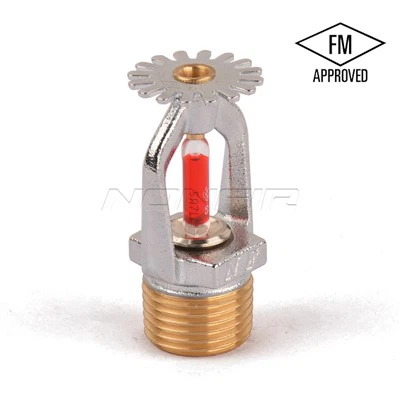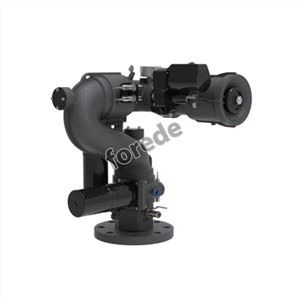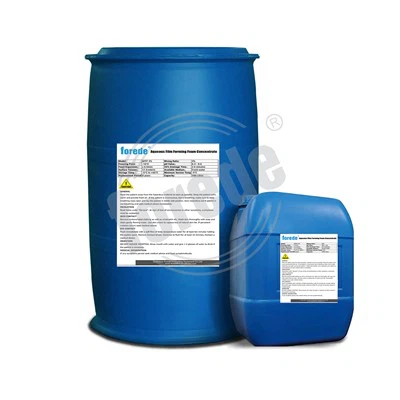
Firefighting Jet/spray nozzles are attached to the end of hoses and allow firefighters to direct water effectively at the source of a fire. The choice of nozzle affects how water is delivered-whether in a concentrated stream or a wide spray-and can impact the efficiency of extinguishing fires, cooling hot surfaces, and protecting firefighters.
Jet Nozzles
Jet nozzles, also known as solid stream nozzles, produce a straight, high-velocity stream of water. This type of nozzle is ideal for:
Reaching fires at a distance.
Penetrating deep into the fire base.
Delivering a powerful knockdown force.
- Advantages:
Long reach (up to 30 meters or more).
High impact and water concentration.
Useful for exterior or structural firefighting.
Spray Nozzles
Spray nozzles, or fog nozzles, break water into fine droplets or mist and are often adjustable to change the pattern from narrow to wide.
- Common patterns:
Straight stream: Concentrated and far-reaching.
Narrow cone spray: Focused cooling and heat shielding.
Wide-angle spray/fog: Maximum coverage and heat absorption.
- Advantages:
Excellent cooling through heat absorption.
Protective barrier against radiant heat.
Reduced water usage.
Useful in interior firefighting and confined spaces.
Adjustable/Combination Nozzles
Modern firefighting equipment often includes adjustable or combination nozzles, which allow firefighters to switch between jet and spray modes depending on situational needs. These nozzles increase versatility and operational efficiency.
- Materials and Durability
Firefighting nozzles are usually made of anodized aluminum, brass, or stainless steel for durability and resistance to corrosion. Ergonomic designs and heat-resistant coatings are common features for enhanced safety and ease of use.
Applications and Selection Criteria
The choice of nozzle depends on:
Type of fire (structural, wildland, industrial).
Water supply pressure and flow rate.
Desired coverage and reach.
Safety considerations and crew training.
Conclusion
Jet and spray nozzles each serve vital roles in firefighting tactics. While jet nozzles provide distance and force, spray nozzles offer superior heat absorption and flexibility. Understanding their functions helps ensure safer and more effective fire suppression strategies.




















